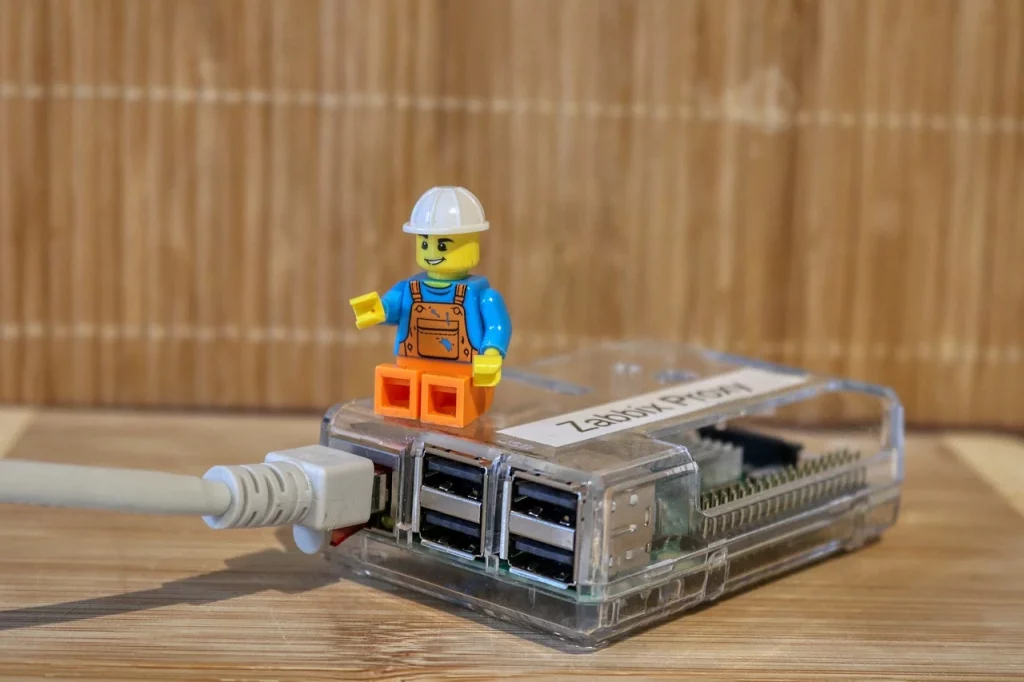In the rapidly evolving landscape of modern architecture, the integration of pioneering technologies is reshaping how we interact with our built environment. Among these innovations, AI in Smart Buildings stands out as a transformative force, revolutionizing building management and automation. In this blog post, we will delve into the profound impact of AI in our society, exploring its role in optimizing energy management, enhancing occupant experiences, and redefining maintenance practices.
Unlocking Efficiency and Comfort: Integrating AI in Smart Buildings

Revolutionizing Energy Management
Smart Buildings equipped with AI technologies are at the forefront of revolutionizing energy management. While combining algorithms and data analysis, these buildings shine at fine-tuning energy use. They adapt in real-time, drawing insights from occupancy habits and the ever-changing weather to optimize consumption. Integrating predictive analytics and proactive controls allows AI algorithms to identify energy-saving opportunities, effectively reducing waste and minimizing environmental impact.
In the context of AI in Smart Buildings, energy management encompasses a comprehensive approach beyond mere efficiency gains. In this way, AI systems are constantly at work, analyzing and adjusting to changing conditions to ensure energy use is as efficient as possible. For example, by combining data for heating and cooling with real-time micro-location forecasts, HVAC systems can deliver more precise and efficient temperature regulation, contributing to significant energy savings.
- Advertisement -
AI in Smart Buildings: Enhanced Occupant Experience Through AI
Beyond energy management, AI plays a role in delivering an enhanced experience within AI-equipped buildings. These AI-powered systems help to analyze the behavior, preferences, and patterns of occupants to personalize environmental conditions such as lighting, temperature, and air quality. Imagine entering a room where the lighting and temperature automatically adjust to your preferences. It is a reality made possible by AI in Smart Buildings.
The ability of AI to grasp and meet resident needs is not just about convenience. It’s all about blending technology seamlessly with human comfort. AI-powered Smart buildings can craft environments that match each person’s tastes, making workspaces cozier and more efficient. This personalized touch doesn’t just boost satisfaction. It also paves the way for a fresh era of Smart, adaptable building design.
Predictive Maintenance and Fault Detection
One of the most significant advantages of incorporating AI into buildings is its ability to predict maintenance needs and detect faults in advance. AI algorithms continuously monitor building systems, analyzing data patterns to identify potential issues before they escalate. This proactive approach to maintenance not only reduces downtime but also minimizes the need for costly repairs.
AI in Smart Buildings, predictive maintenance extends beyond traditional practices. Cognitive maintenance systems powered by AI anticipate asset failures and guide timely interventions. By harnessing data from IoT sensors and applying it to business rules, AI algorithms detect anomalies and predict and respond to potential issues. This optimized ecosystem of building technologies identifies opportunities for efficiency controls through predictive maintenance, ensuring that actions can be prioritized, assigned, monetized, and prevented.
Conclusion
In conclusion, the application of AI in Smart Buildings represents a paradigm shift in how we conceive and manage our built environment. From optimizing energy management to enhancing the occupant experience and redefining maintenance practices, AI catalyzes efficiency, comfort, and sustainability. As we navigate the exciting landscape of intelligent buildings, the transformative power of AI continues to unlock new possibilities. While also contributing to a sustainable and connected world. Embrace the future of Building construction, where AI-driven innovation creates spaces that meet our needs.


